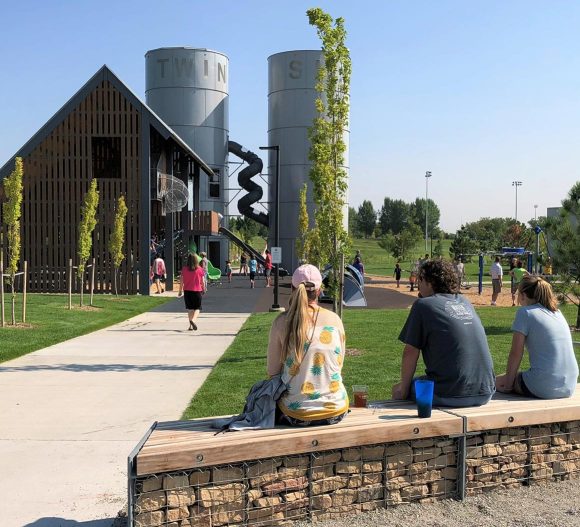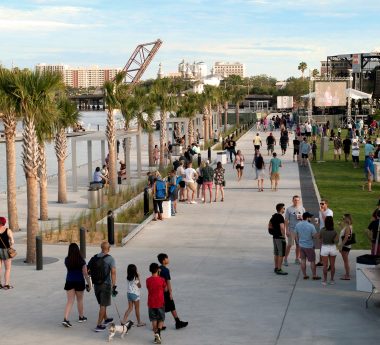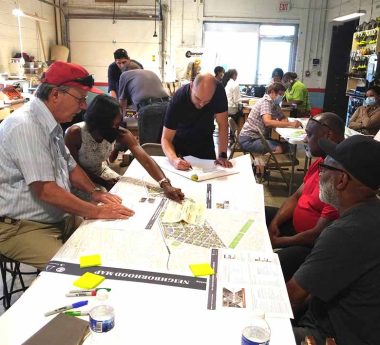This is the third article in a three-part series from Civitas team members Juliana de Affonseca, Jessica Doig, and Jason Newsome. While the first and second installments focused on equity and sustainability, this final installment considers the impact that public space design has on public health.
Equity, Sustainability and Health in 2024, Part 3: Planning for Participation
Design Issues

Health Means Planning for Participation
Not coincidentally, designing places for people and designing places that last ultimately has a positive impact on community health as well. Getting outside into parks and other public spaces is good for us, period. This has always been true. In fact, throughout history, the connection between health and the quality – and availability – of public space has been clear. The recent Covid-19 pandemic reinforced this, and is a big reason why so many small-to-midsize cities saw population growth as people moved away from the more dense and congested cities, some of which are still struggling with the impact of that shift today.
Smaller cities have been motivated to upgrade their parks in order to serve their growing populations with better places to get outside. For example, Black Bay Park in Post Falls, Idaho (illustrated in the above rendering), is enhancing what’s already good. When the current renovation is complete, the park will be positioned to serve more people, equitably and sustainably, for years. The success of projects like this comes back to public engagement at the beginning of the process, and helping all people in the community feel like they have a space in the public realm where they belong. Where they feel a sense of connection, ownership, participation and respect that’s authentic and not contrived. This is the kind of equity that has an impact on both mental and physical health.


This impact can happen project-by-project. But for big impact – the kind that helps to make a whole city healthier again – we have to be involved at the planning scale, having conversations about zoning and land use allocations. We have to be willing to consider that, in many cities, current planning policies aren’t working. And we have to be able to design for the people and the place, not for the rules.
In fact, in many cases, our clients can change the rules, and we can help them do it. This is why we’re willing to ask questions, roll up our sleeves and get a little messy, and push on the policies. Because sometimes the rules are in place simply because no one has ever challenged them. When we all work together to lead with a design vision, the solutions are so much stronger and the impact is so much bigger than when we’re too focused on following the rules. The rules are ready to change.
This is one of the most unique and exciting aspects of our urban design and landscape architecture profession. We’re not creating buildings like architects, or bridges like civil engineers. We’re designing places that (literally) live and breathe – that grow and change and adapt over time – and that give life to the ecosystems around them. This is big. We’re excited for this era of working together with city leaders, architects, engineers, planners, and more – designers and problem solvers. We love working with clients and teams who recognize that design isn’t just beautification of a space, but that it’s an integral part of the way places function and flourish. Hope you’ll join us in this mission.
Jason Newsome is an urban designer and landscape architect who’s excited about the constant evolution of cities and the challenge to evolve urban communities into more timeless, accessible and livable places for everyone.
Jessica Doig is a landscape designer who’s passionate about creating public spaces that tell real stories of the local people, culture and history.
Juliana de Affonseca is a landscape designer who loves helping small cities dream big, illustrating what’s possible through design.





